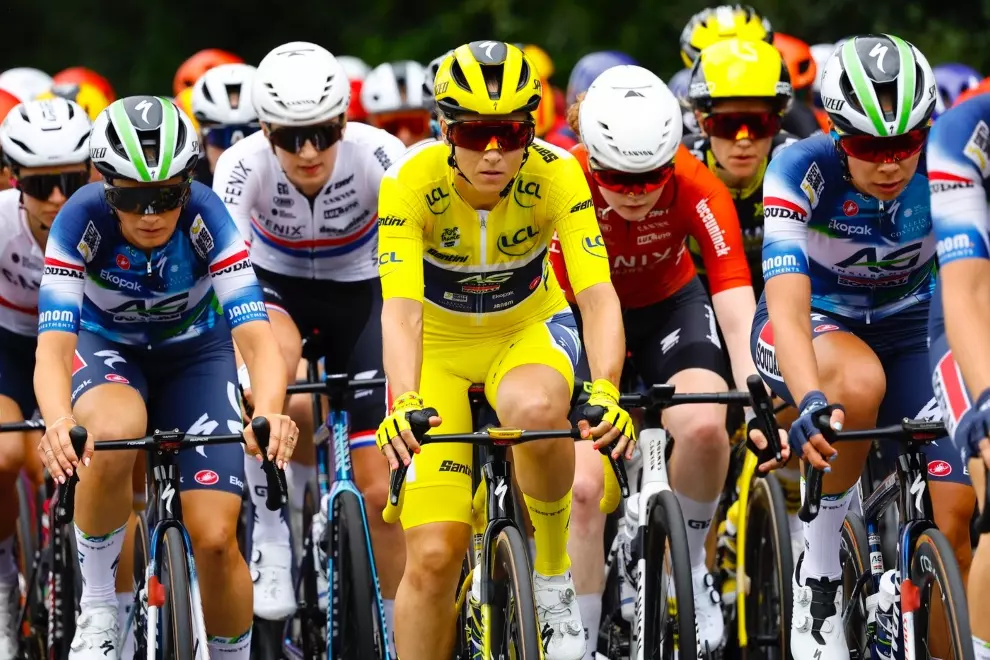Set your goal
First, you have to have a clear and measurable goal because it will dictate training session types and loads. It helps to write your goal somewhere where you can see it every day. That will give you the motivation to train consistently and get better. It also helps to evaluate your last season goals. Do you need to work on sprints or endurance? The more you’re able to specialize your training, the more progress you’ll make.
https://www.instagram.com/p/BbH_Ns2A1WW/
Gradually increase training load
Now that you set your goal, it’s time to calculate how much time you have and plan the progression of your training sessions accordingly. You can do that by increasing volume, intensity, frequency or their combination. Start with enough recovery days and light weeks to avoid overtraining and decrease their amount as you get fitter.
Balance long rides and intensity
The more steady hours of riding you do the better. This is how pros look at their winter training. But if you’re not a pro and your time is limited, it’s best to stick with long base-mile rides on the weekend and crank up the intensity during short week-day sessions. And don’t forget to plan for the Holidays too. If Christmas means a lot of free time for you, then it’s ideal to catch up on those long rides. Otherwise it’s best to plan a recovery week there.
Prepare for bad weather
Bad weather is a part of winter training so you better be prepared. Have the appropriate kit like overshoes, gloves, waterproof jacket, and mudguards to keep dry and warm. Be flexible in your training, check the weather forecast often to move your training sessions around so that you don’t miss any. But never go out if the risk of crashing is high with ice on the road or strong winds.
Implement training off the bike
A well-designed gym routine can do wonders for your power output. Your main focus should be on lower body and core stability workouts. But always keep one thing in mind – if it’s affecting your training on the bike then you are doing too much.
Improve your nutrition
The off-season is a great time to experiment. You’ll have plenty of time to try our various fuelling strategies on the bike and also make some bigger dietary changes that can help improve your endurance. Winter is the best time to become a fat-adapted athlete and teach your body to burn not only carbs but also fat for energy. Check out our series to learn how to set up your diet.
Put it all together
Winter is the time for fixing weaknesses and building baseline endurance, strength, cadence, etc. As you approach spring, your training needs to become more event-specific. As the day gets longer, do more rides that mimic the conditions of your upcoming event. Put all the pieces together that you have been working on during the winter and you are sure to start your next season ahead of your competition.









